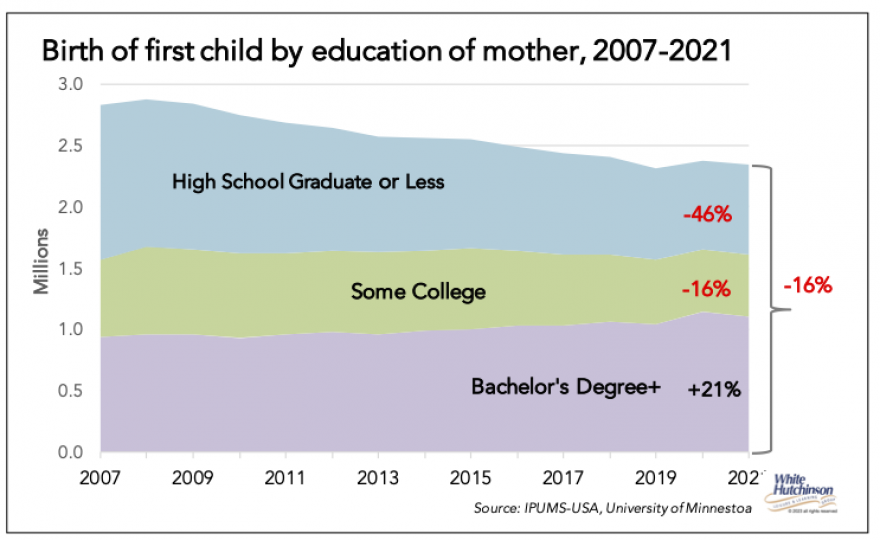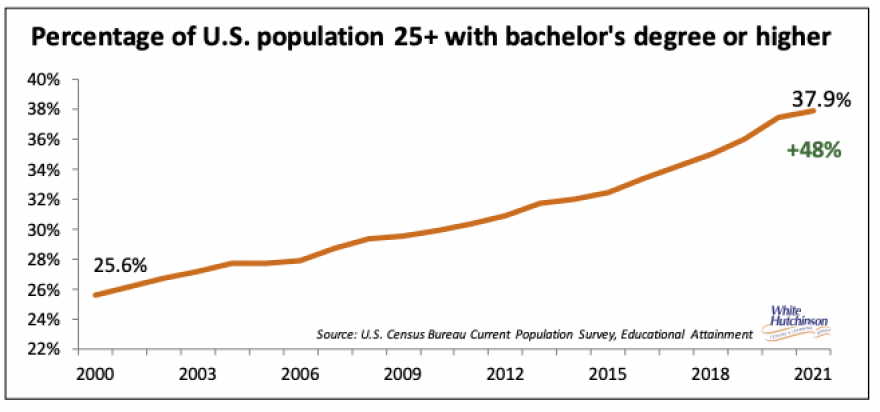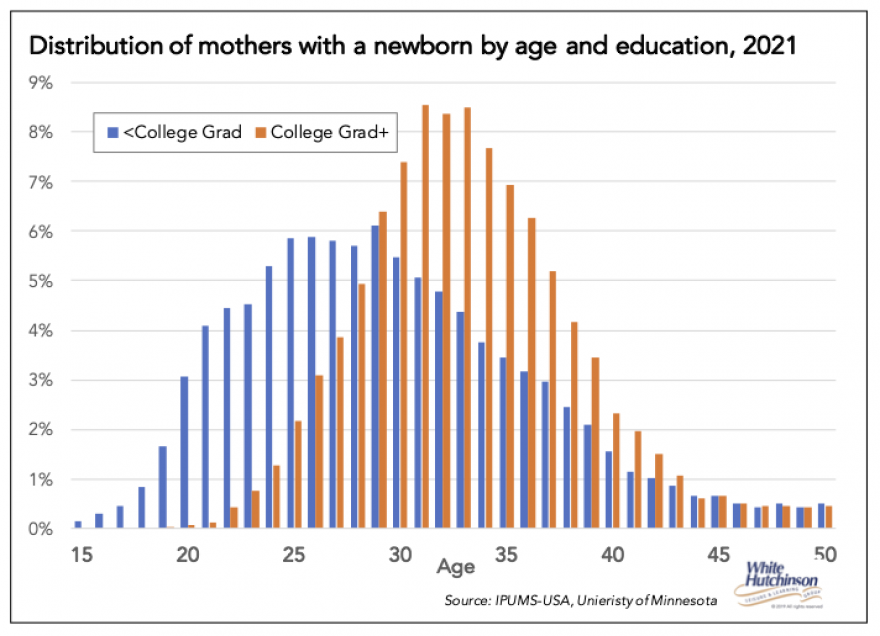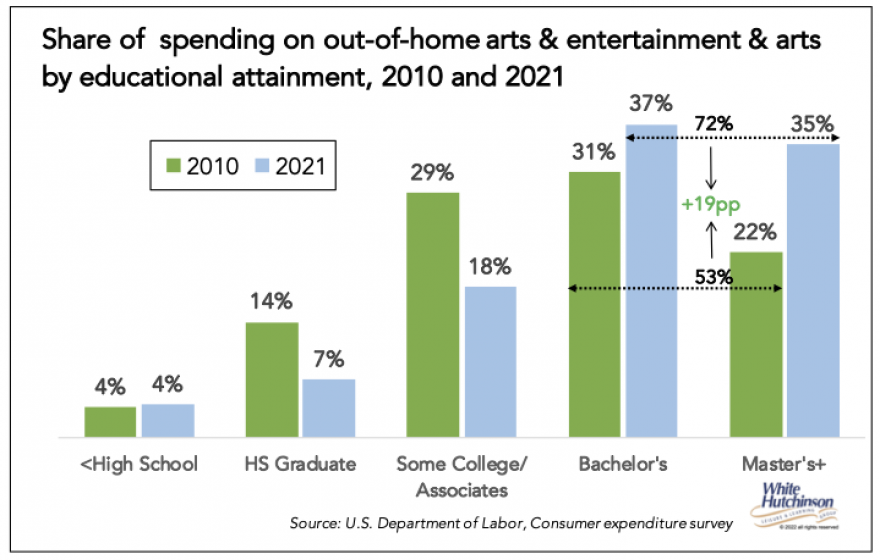
Vol. XXIII, No. 3, March 2023
- Editor's corner
- 2023 forecast for the attractions industry
- Esports isn't living up to its hype
- The weekday daytime leisure economy
- How the young adult market will shift
- Pistachio is a recent flavor trend
- For young adults, owning a VR headset is as rare today as it was in 2018
- Have we returned to pre-pandemic normalcy?
- Long waits reduce revenues and profits
- Store vacancies open opportunities
- Covid-related popularity of pickleball may be faltering
- Why LBE models need to be different today
- Competitive socializing with soccer
- It's all about perceived value, not just price
- Births down not totally bad news
- Announcing Agritourism Today
- Surge pricing comes to bowling
Births down not totally bad news
In this issue's article, Why LBE models need to be different today, we discussed how the size of the family market, parents with children, is declining due to a declining birth rate. Fewer children sounds rather ominous for any located-based entertainment or leisure venue that targets children, families with children, and/or offers children's birthday parties. But often, macro trends don't tell the whole story. So, we dug into the data to see if it revealed anything not apparent at the macro level.
We analyzed the educational attainment of mothers and found an interesting trend. The number of first-born children for mothers with a bachelor's or higher degree is increasing. In contrast, almost all the decline in first births is attributable to mothers with a high school education or less. Since 2007, the year of the peak birth rate, those mothers' first births declined by 531,500. Mothers with some college saw a decline of 120,800, while there was an increase of 164,400 first-birth babies for mothers with a bachelor's degree or higher. Mothers with a bachelor's degree+ have grown from 33% of all first births in 2007 to 47% in 2021.

This trend correlates with the growing percentage of the population with college degrees, now nearly 38%.

This led us to examine mothers' ages and education levels when they gave birth.

The peak age for mothers with a newborn without four or more years of college is ages 25-26, whereas for mothers with four or more years of college (almost all with bachelor's or higher degrees), the peak age is 31-33, around six years older.
The two above graphs and their data clearly show a gentrification of births. A greater share and the actual number of babies are being born to college-graduate mothers, and the mothers, on average, are older when they give birth than mothers without a college degree. There is a general direct correlation between income and the age of mothers. The more educated and the older they are when giving birth, the higher their incomes. As a result, more and more children belong to upper-middle- and higher-income families, with fewer and fewer in middle-income families.
We are losing families with less than a bachelor's degree to out-of-home entertainment venues. The graphs below show the change in household spending for fees and admissions at entertainment and art venues, where most birthday parties occur. Households with less than a bachelor's degree have declined significantly in spending on an average household basis and a share of all spending. Bachelor's+ households have grown from about one-half of all fee and admission spending in 2010 (53%) to almost a three-quarters' market share (72%) in 2021.

Implications:
The bottom line is that although the number of births, and thus the number of young children, is on the decline, we are seeing a gentrification of families with children, as a greater and greater share and number of births is occurring to college-educated mothers whose families represent the lion's share of spending on out-of-home entertainment and art venues. This is good for location-based entertainment that targets children or families with children.
Subscribe to monthly Leisure eNewsletter
Vol. XXIII, No. 3, March 2023
- Editor's corner
- 2023 forecast for the attractions industry
- Esports isn't living up to its hype
- The weekday daytime leisure economy
- How the young adult market will shift
- Pistachio is a recent flavor trend
- For young adults, owning a VR headset is as rare today as it was in 2018
- Have we returned to pre-pandemic normalcy?
- Long waits reduce revenues and profits
- Store vacancies open opportunities
- Covid-related popularity of pickleball may be faltering
- Why LBE models need to be different today
- Competitive socializing with soccer
- It's all about perceived value, not just price
- Births down not totally bad news
- Announcing Agritourism Today
- Surge pricing comes to bowling


